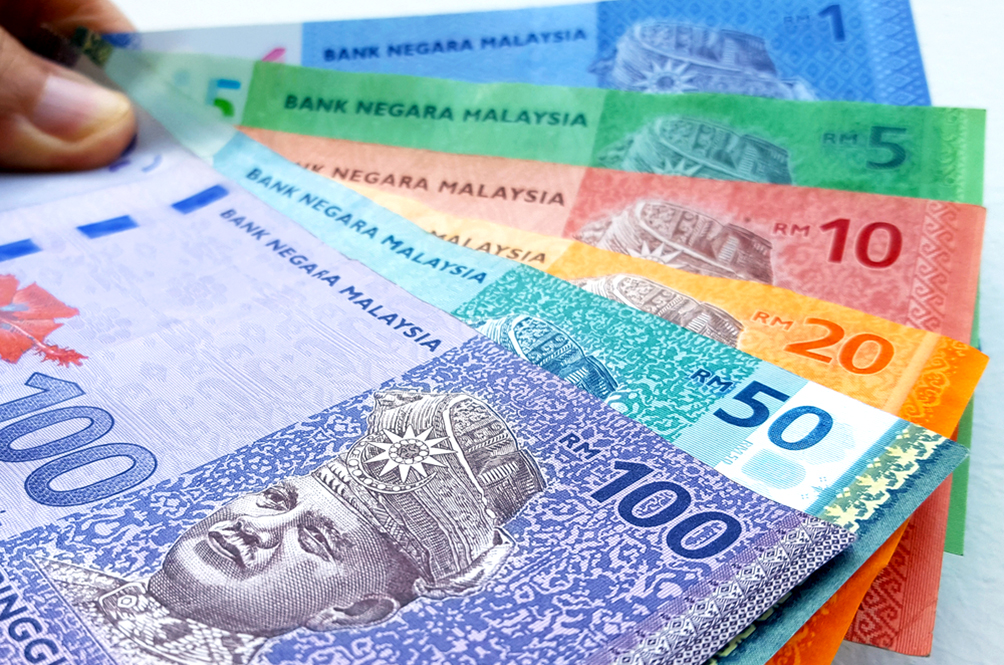By Nurul Jannah Kamaruddin
KUALA LUMPUR, Jan 4 (NNN-Bernama) — The Malaysian ringgit and Indonesia’s rupiah are expected to be outperformers in the region in 2024 “on a relative basis,” benefitting most from monetary policy divergence, said Standard Chartered (StanChart).
“In terms of relative performance, we expect the IDR (Indonesian rupiah) and MYR (Malaysian ringgit) to outperform and the PHP (Philippine peso) to underperform; we are relatively neutral on the SGD (Singapore dollar), THB (Thai baht) and VND (Vietnamese dong),” the bank said in its global research report.
StanChart said it believes US policy rate differentials have bottomed out as the US Federal Reserve (Fed) has moved clearly into a pause phase.
“This should help return flows in favour of regional Asean currencies. That said, we see two factors limiting the upside. First, based on our projections, US policy rates could remain historically high versus ASEAN economies by the end of 2024.
“Second, ASEAN central banks may also cut rates, particularly those who had hiked partly to stave off foreign exchange (forex) weakness,” it added.
Therefore, it reckons that Malaysia, Thailand and Vietnam’s interest rate differentials will improve, while Indonesia’s rate differential against the US will remain similar to current levels, while Philippines’ rate differential versus the US dollar will worsen in 2024.
“Besides interest rate differentials, looser US financial conditions should also aid ASEAN forex,” it said.
StanChart sees the ringgit being potentially the largest regional beneficiary on onshore US dollar deposit positioning.
“Due to broad and persistent American dollar strength and relatively high US interest rates, the region has seen an increase in greenback deposits. The Asean-4’s (Indonesia, Malaysia, Philippines, and Thailand) foreign currency deposits rose by US$15 billion in October 2023 from October 2022 levels.
“The increase was most notable in Malaysia, with its foreign currency deposits as a percentage of total banking deposits reaching a record-high 10 per cent. In particular, Malaysian foreign currency deposits rose even amid the country’s shrinking trade surplus,” it noted.
StanChart said stabilisation in China’s economy is also a boost to ASEAN currencies, estimating that the second largest economy drives between 4.0-12 per cent of the region’s GDP.
In addition, it expects the US dollar-renminbi pair to ease to 7.0 by the end of 2024 as the China economy bottoms out, capital outflows abate and Fed-People’s Bank of China monetary policies become less divergent.
The bank sees the ringgit gaining in the event commodity prices rise in 2024 and from a recovery in electronics demand.
“In 2024, our commodities strategy team believes that markets are underpricing the upside to oil prices from geopolitical risks and proactive supply management by Organisation of the Petroleum Exporting Countries (OPEC+) members.
“The 2023 correction in commodity prices also appears to be bottoming out. October prices indicate some improvement in natural gas and palm oil export prices, as per Malaysian trade data,” it said.
As for electronics, StanChart thinks the sector has now bottomed out, with electronics exports picking up in the fourth quarter.
Nonetheless, it remains cautious about the strength and sustainability of this recovery given still-high inventory levels and the lacklustre global economic outlook.
— NNN-BERNAMA





